Categories
Archives
- April 2025
- March 2025
- February 2025
- January 2025
- December 2024
- November 2024
- October 2024
- September 2024
- August 2024
- July 2024
- June 2024
- May 2024
- April 2024
- March 2024
- February 2024
- January 2024
- December 2023
- November 2023
- October 2023
- September 2023
- August 2023
- July 2023
- June 2023
- May 2023
- April 2023
- March 2023
- February 2023
- January 2023
- December 2022
- November 2022
- October 2022
- September 2022
- August 2022
- July 2022
- June 2022
- May 2022
- April 2022
- March 2022
- February 2022
- January 2022
- December 2021
- November 2021
- October 2021
- September 2021
- August 2021
- July 2021
- June 2021
- May 2021
- April 2021
- March 2021
- February 2021
- January 2021
- December 2020
- November 2020
- October 2020
- September 2020
- August 2020
- July 2020
- June 2020
- May 2020
- April 2020
- March 2020
- February 2020
- January 2020
- December 2019
- November 2019
- October 2019
- September 2019
- August 2019
- July 2019
- June 2019
- May 2019
- April 2019
- March 2019
- February 2019
- January 2019
- December 2018
- November 2018
- October 2018
- September 2018
- August 2018
- July 2018
- June 2018
- May 2018
- April 2018
- March 2018
- February 2018
- January 2018
- December 2017
- November 2017
- October 2017
- September 2017
- August 2017
- July 2017
- June 2017
- May 2017
- April 2017
- March 2017
- February 2017
- January 2017
- December 2016
- November 2016
- October 2016
- September 2016
- August 2016
- July 2016
- June 2016
Featured
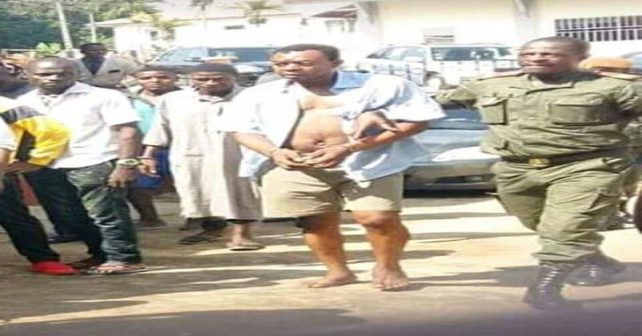 Prosecution of journalists in Cameroon: European Parliament says enough red flags have been ignored
Prosecution of journalists in Cameroon: European Parliament says enough red flags have been ignored  1982-2025: How long will Biya hang on?
1982-2025: How long will Biya hang on? 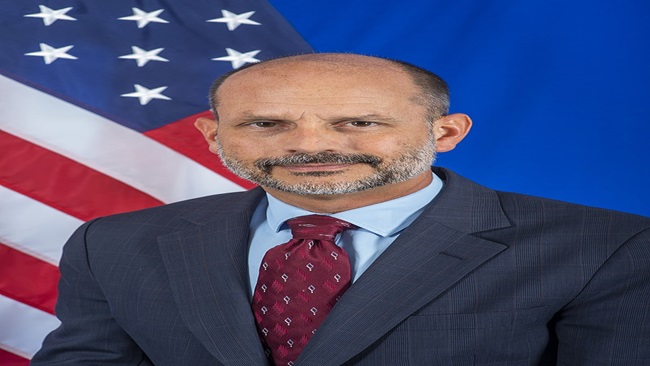 How Biya and Archbishop Nkea protected the sanctity of the family in Cameroon
How Biya and Archbishop Nkea protected the sanctity of the family in Cameroon 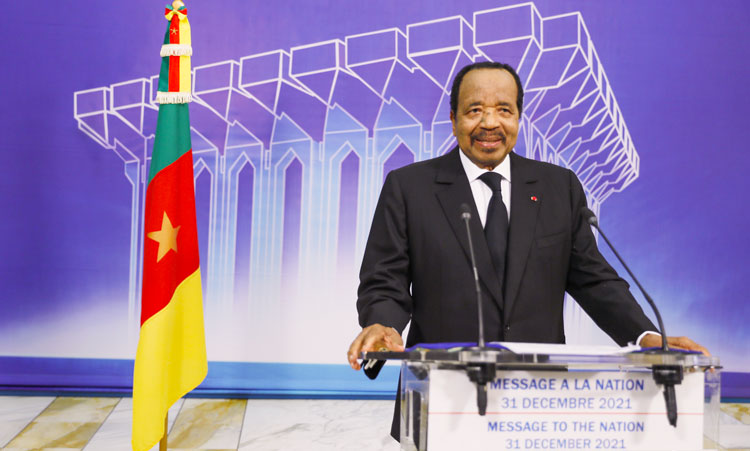 October Presidential Election: Will 92-year-old Biya be re-elected?
October Presidential Election: Will 92-year-old Biya be re-elected? 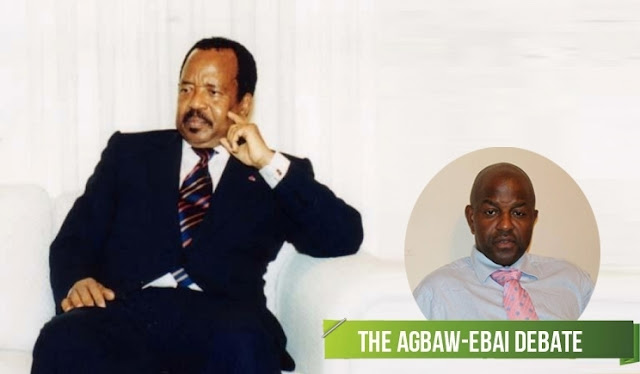 Why is Biya seeking re-election?
Why is Biya seeking re-election?
Most Commented Posts
 4 Anglophone detainees killed in Yaounde
4 Anglophone detainees killed in Yaounde
18 comments Chantal Biya says she will return to Cameroon if General Ivo Yenwo, Martin Belinga Eboutou and Ferdinand Ngoh Ngoh are sacked
Chantal Biya says she will return to Cameroon if General Ivo Yenwo, Martin Belinga Eboutou and Ferdinand Ngoh Ngoh are sacked
13 comments The Anglophone Problem – When Facts don’t Lie
The Anglophone Problem – When Facts don’t Lie
12 comments Anglophone Nationalism: Barrister Eyambe says “hidden plans are at work”
Anglophone Nationalism: Barrister Eyambe says “hidden plans are at work”
12 comments Largest wave of arrest by BIR in Bamenda
Largest wave of arrest by BIR in Bamenda
10 comments
Latest Tweets
Featured
-

Football: Sensational Barca destroy Dortmund in Champions League mismatch
-
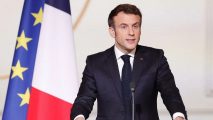
France to recognize Palestinian state in June
-

Nigerian governor warns of Boko Haram comeback
-

Algeria blocks flights from Mali after drone shot down
-

CRTV pays 850M CFA Francs, settling artist royalty arrears
-

Niat tops list of 10 oldest senate presidents in Africa
-
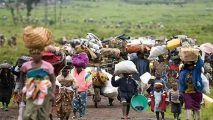
UN says 78,000 Southern Cameroonians sought asylum in Nigeria
© Cameroon Concord News 2025
24, July 2018
Southern Cameroons Rebellion Seen Raising Risk of Civil War in Cameroon 0
Sama Jude knew it was time to flee his home town in western Cameroon when he heard the sound of gunfire ringing above the roof of the University of Buea where he’s taught for four years. As clashes between the nation’s army and separatist rebels intensified, the 41-year-old lecturer packed his bags and fled to the commercial capital, Douala, about 60 kilometers (37 miles) to the east.
In its first public report to detail the damage from the conflict, the government last month appealed to donors to fund a special humanitarian emergency plan to help 75,000 displaced people and 22,000 others who’ve fled the country. Separatists have killed 84 members of the security forces in at least 123 attacks since the crisis began in 2016, according to the report, a figure the Defense Ministry later put at about 120.
“This is heading straight toward civil war if nothing is done,” said Hans De Marie Heungoup, a Nairobi-based analyst at the International Crisis Group. “The military has killed civilians indiscriminately and burnt dozens of villages. Militias are also increasingly targeting civilians, particularly collaborators of the government. It’s getting more tense as the elections approach.” More than 220 civilians have been killed in the last 10 months, he said.
Roads Blocked
Campaigning is set to begin soon, even as it’s unlikely the vote can be held in areas of the Anglophone regions where regular gunfights between separatists and government troops take place. Across the main urban settlements, including Kumba, Muyuka and Limbe in Southwest, public transport is at a standstill and businesses are closed, with militias blocking major roads and setting fire to cocoa and rubber plantations.
With roads and ports that are vital for landlocked neighbors including oil-producing Chad and Central African Republic, Cameroon has the biggest economy in the central African monetary zone. Its population of 23 million depends mostly on agriculture.
The latest unrest began in late 2016 with peaceful protests by teachers and lawyers against the dominance of the French language in schools and courts. It’s escalated into a conflict in which armed splinter groups are killing soldiers and police officers, kidnapping government officials and harassing village chiefs they accuse of collaborating with the authorities.
The armed groups, estimated to comprise at least 1,000 active members, are largely funded by Cameroon’s diaspora, according to the ICG.
The political leadership of the Anglophone movement has been imprisoned since January. Advocacy groups including Human Rights Watch have said the government’s heavy-handed response contributed to an escalation of the conflict. Last week, the New York-based organization released satellite imagery showing security forces had torched dozens of villages, and accused them of committing torture and summary executions.
Social Media
In the latest incident, armed men dressed in camouflage are seen riddling two women and two small children with bullets on a dusty roadside after accusing them of supporting the Nigeria-based Islamist group Boko Haram. The video, which was widely circulated on social media, prompted the U.S. to call for an investigation into the killings. Amnesty International says it was carried out by the military.
The government has consistently denied allegations that the security forces commit abuses, saying the separatists conduct hate campaigns on the internet and falsely accuse troops of “imaginary atrocities.”
Social media platforms play a particularly toxic role in the crisis, the government said last month. Gruesome videos and photos of alleged human-rights abuses by both sides have appeared regularly on Facebook and Twitter, as have mobile-phone videos of military operations in the two regions.
“It’s now at a crisis level that we haven’t seen before with pictures of burnt-down villages and bodies hanging from trees circulating on social media,” said Jeffrey Smith, executive director of Vanguard Africa, a U.S.-based non-profit organization that monitors elections in Africa.
While very few people supported secession when the protests began, public opinion in the Northwest and Southwest regions has shifted toward separation, according to Heungoup.
“It’s impossible to resolve this crisis without involving the leadership of the Anglophone separatists, but there’s no dialogue with them,” Heungoup said. “The government comes across as arrogant and having no sense of accountability, and it’s done no fundamental concessions. That’s the problem with Biya — if two years ago he had done half of the little he’s done so far, the crisis wouldn’t have reached this level.”
Source: Bloomberg